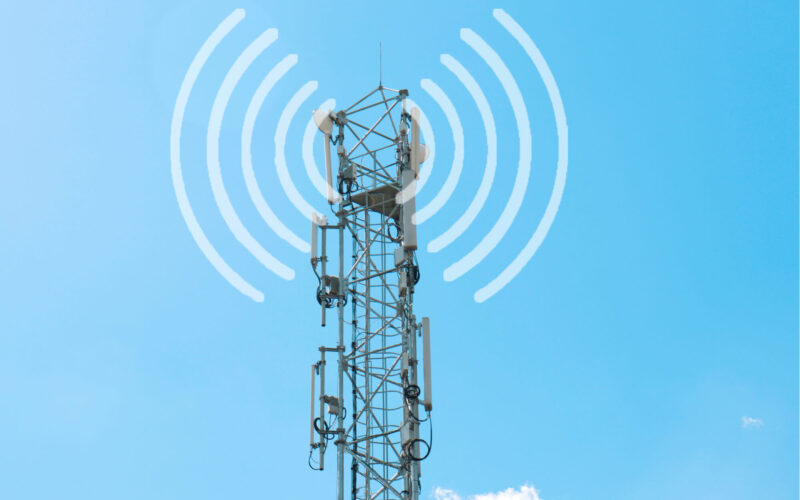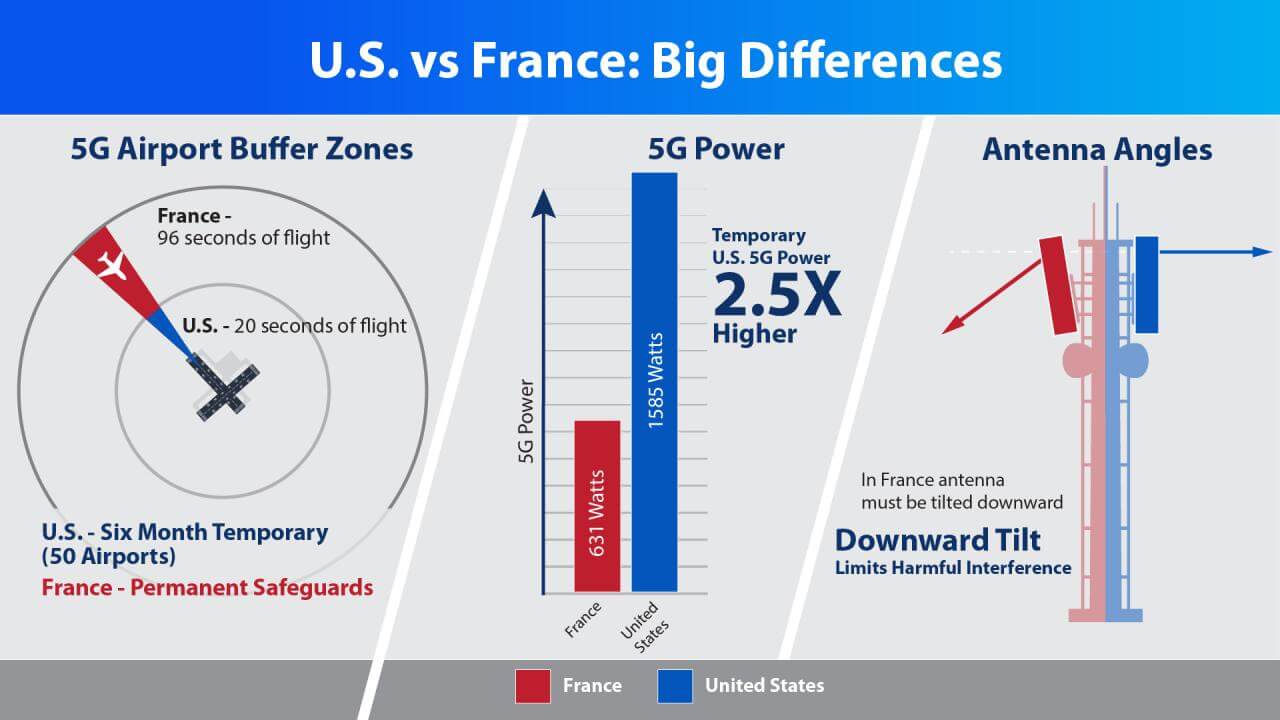The Federal Aviation Administration (FAA) has released the list of 50 airports in the United States that will have buffer zones when two telecom companies turn on disputed new 5G services.
The aviation industry is concerned that signals from the 5G C-band services could interfere with sensitive aircraft equipment, notably radio altimeters that are used to provide height above the ground when aircraft come in to land. These instruments are crucial during operations in poor weather and visibility.
AT&T and Verizon have already agreed to delay the introduction of the new services twice to give the FAA time to take mitigating action, plus have agreed to certain measures for a temporary period of time. The new 5G services will now be switched on on January 19, 2022.
“The wireless companies agreed to turn off transmitters and make other adjustments near these airports for six months to minimize potential 5G interference with sensitive aircraft instruments used in low-visibility landings,” the FAA said in a statement on January 7, 2022.
The 50 airports can be found here. They include Dallas Fort Worth (DFW), Los Angeles International (LAX), LaGuardia (LGA), Chicago O’Hare (ORD), Orlando International (MCO) and San Francisco International (SFO).
The FAA said traffic volume, the number of low visibility days and geographic location were factors in its decision. Some major airports, such as Denver International Airport (DEN) and Hartsfield-Jackson (ATL) in Atlanta, were left off the list because the relevant 5G services are not being deployed there.
The telecoms companies have argued that 5G C-band services have been deployed elsewhere without affecting aviation safety, notably in France.
In a new website, the FAA has provided more information on the differences between deployment in the US and elsewhere.
Source: FAA
The FAA states that buffer zones for US airports only protect the last 20 seconds of flight, compared to 96 seconds in France, and that antennas are tilted downwards to reduce interference. Some 5G services elsewhere use frequency bands that aren’t as close to those used by aviation instruments, thus providing more of a buffer.
Furthermore, 5G power levels are lower in Europe. “In the U.S., even the planned temporary nationwide lower power levels will be 2.5x higher than in France,” the FAA notes on the website.


